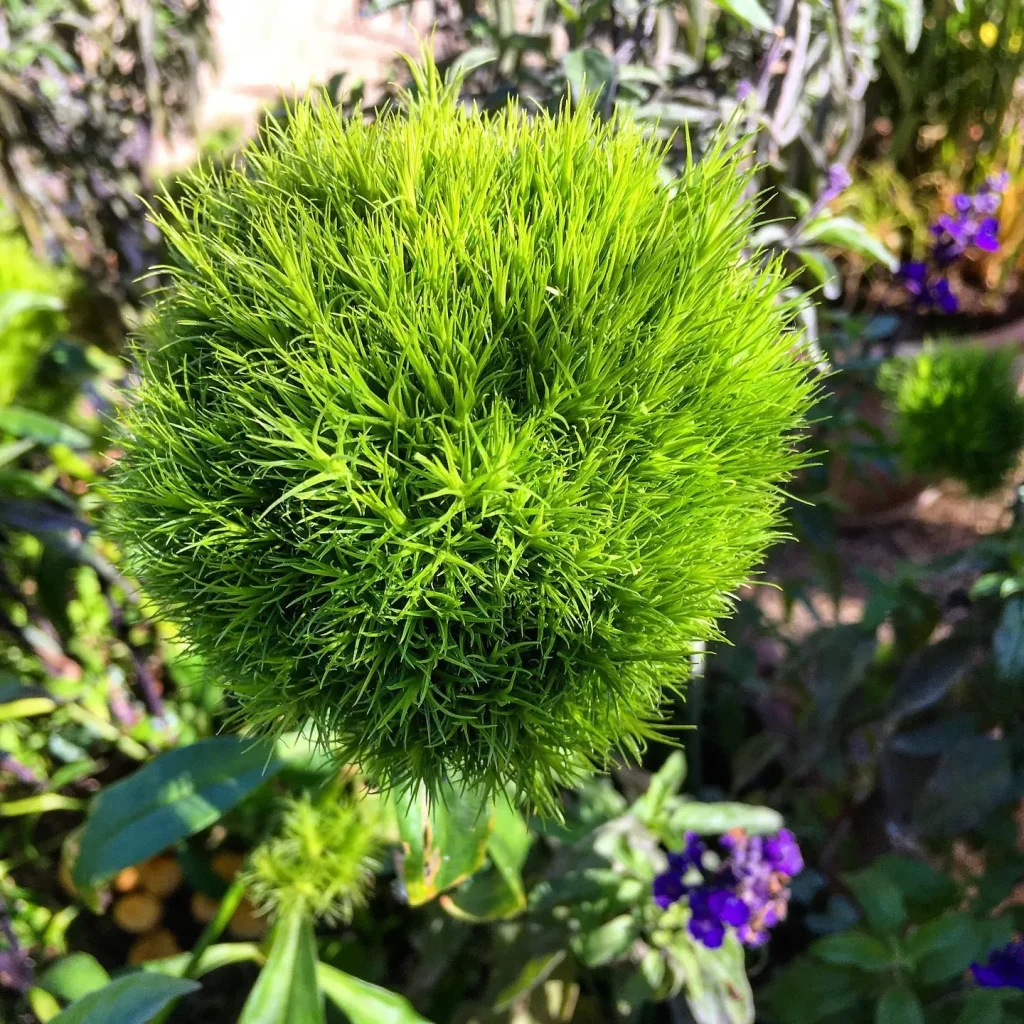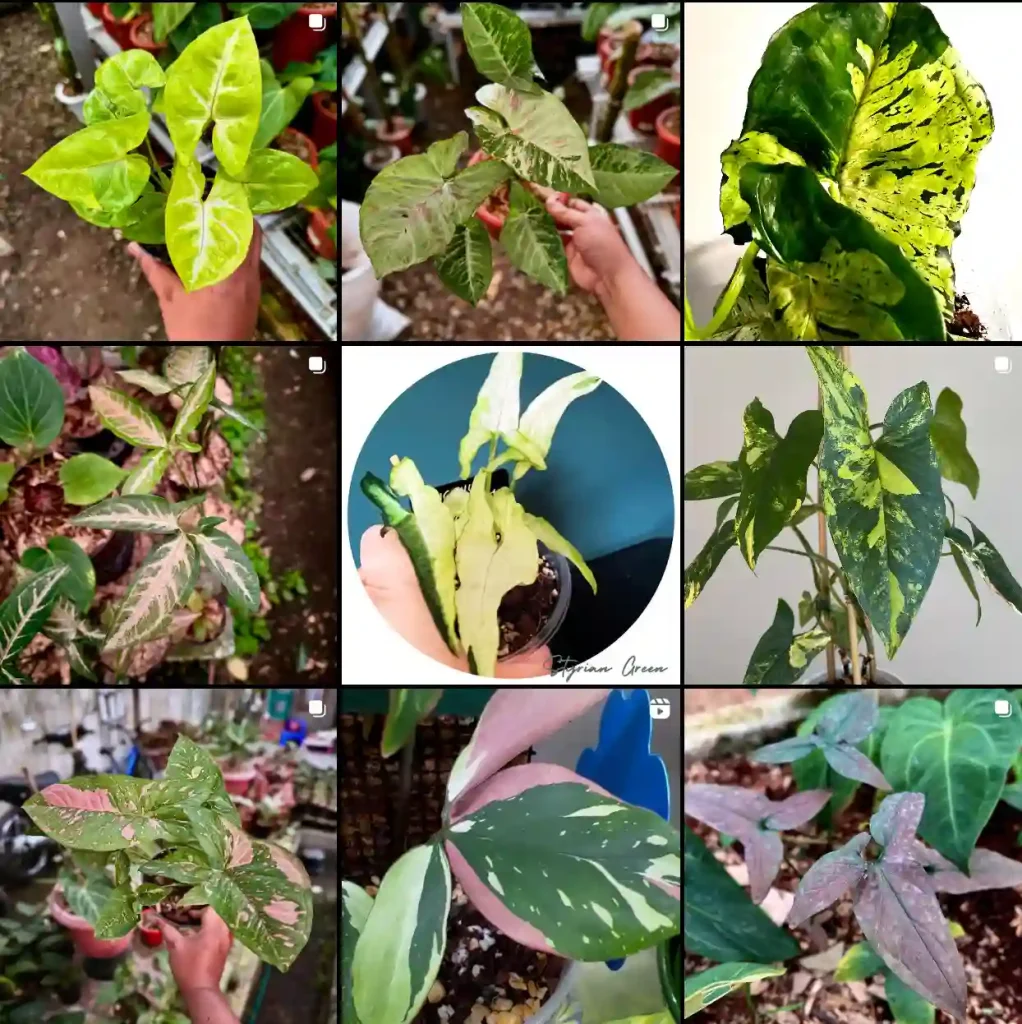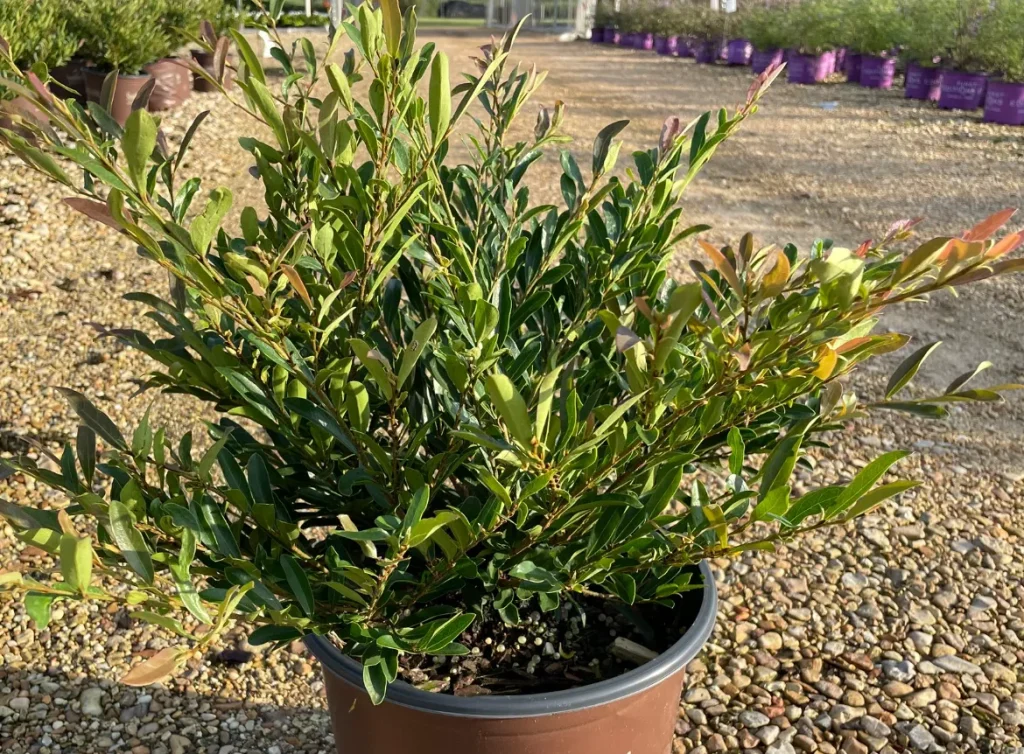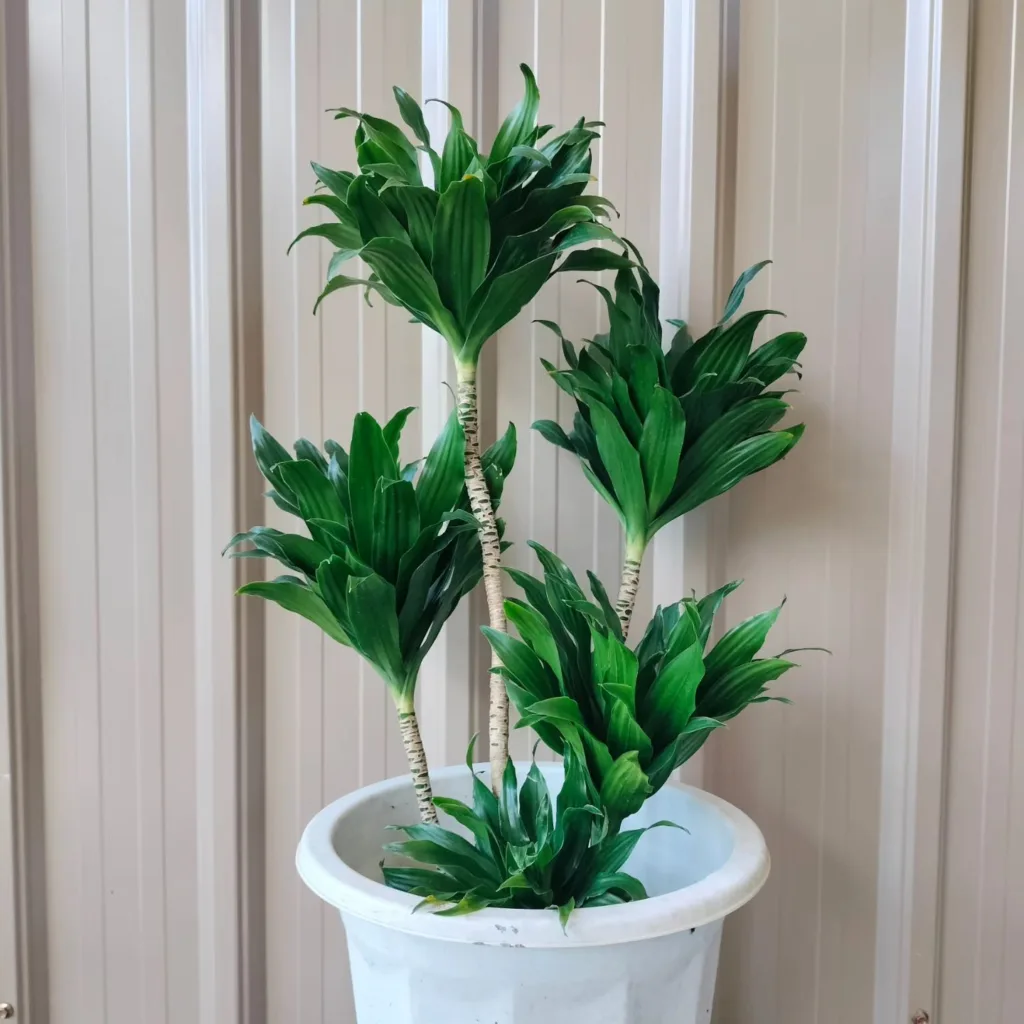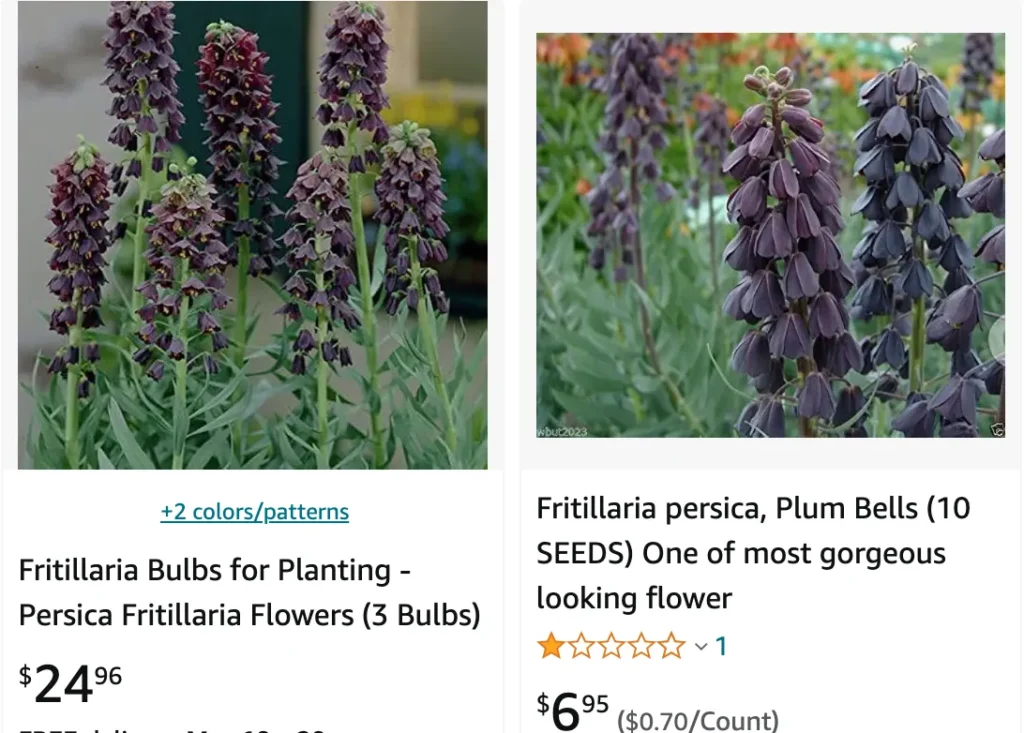
Exploring the Beauty of Fritillaria Persica: A Gardener’s Guide
As a passionate gardener, I am always eager to explore and introduce unique and captivating plants to my garden. One such plant that has caught my attention is Fritillaria Persica, commonly known as Persian Lily. Its tall, elegant spikes of bell-shaped flowers add a touch of exotic beauty to any garden. In this article, I will share my experiences and tips on how to successfully grow Fritillaria Persica, covering essential aspects such as planting time, depth, and care requirements.
164 Species in Genus Fritillaria
What is Fritillaria Persica?
Before diving into the specifics of growing Fritillaria Persica, it’s essential to understand what makes this plant so special. Fritillaria Persica is a bulbous perennial native to the Middle East, particularly Iran, Iraq, and Turkey. It is known for its tall, sturdy stems adorned with clusters of pendant, bell-shaped flowers that can range in color from deep purple to greenish-black. This plant can reach heights of up to three feet, making it a striking focal point in any garden.
How to Grow Fritillaria Persica?
Growing Fritillaria Persica can be a rewarding experience if you follow a few essential guidelines. Here’s how I’ve successfully grown this beautiful plant in my garden:
- Choosing the Right Location: Fritillaria Persica thrives in full sun to partial shade. I have found that a location that receives at least six hours of sunlight daily works best. Ensure that the soil is well-draining, as these bulbs do not tolerate waterlogged conditions.
- Soil Preparation: Preparing the soil is crucial for the healthy growth of Fritillaria Persica. I recommend adding organic matter such as compost to enrich the soil and improve drainage. The ideal soil pH for Fritillaria Persica is neutral to slightly alkaline.
- Planting Bulbs: When planting the bulbs, make sure they are placed with the pointed end facing upwards. This ensures that the shoots grow in the right direction.
- Watering: While Fritillaria Persica is relatively drought-tolerant once established, regular watering is essential during the initial growth phase. However, be cautious not to overwater, as excessive moisture can lead to bulb rot.
- Fertilizing: Applying a balanced, slow-release fertilizer in the spring can promote healthy growth and abundant flowering. Avoid high-nitrogen fertilizers, as they can encourage foliage growth at the expense of flowers.
When to Plant Fritillaria Persica Bulbs?
Timing is crucial when it comes to planting Fritillaria Persica bulbs. Here’s what I’ve learned through my own gardening experiences:
The best time to plant Fritillaria Persica bulbs is in the fall, preferably between September and November. Planting during this period allows the bulbs to establish their root systems before the onset of winter. In my garden, I typically plant them around mid-October, ensuring they have enough time to settle in before the colder temperatures arrive.
How Deep to Plant Fritillaria Persica?
Planting depth is another critical factor that can significantly impact the growth and flowering of Fritillaria Persica. Based on my trials and errors, here’s the ideal planting depth:
Fritillaria Persica bulbs should be planted at a depth of approximately 6 to 8 inches (15 to 20 cm). Planting at this depth provides the bulbs with adequate insulation from extreme temperatures and helps support the tall flower spikes. I usually dig a hole twice the height of the bulb and place the bulb at the bottom, covering it with soil and gently firming it down.
How to Care for Fritillaria Persica?
Caring for Fritillaria Persica involves a few simple yet essential practices to ensure the plant thrives and blooms beautifully:
- Mulching: Applying a layer of mulch around the base of the plants helps retain moisture and suppress weeds. I use organic mulch like bark chips or compost, which also adds nutrients to the soil as it decomposes.
- Pest Control: Fritillaria Persica is generally resistant to pests, but occasional issues with slugs and snails can occur. Regular inspection and the use of natural deterrents can help keep these pests at bay.
- Post-Bloom Care: After the flowers have faded, allow the foliage to die back naturally. This process enables the bulbs to store energy for the next growing season. I usually refrain from cutting back the leaves until they have turned yellow and dried out completely.
Where to Buy Fritillaria Persica Bulbs?
Finding high-quality Fritillaria Persica bulbs is crucial for successful growth. Here are some reliable sources where I have purchased my bulbs:
- Local Nurseries and Garden Centers: Many local nurseries carry a selection of bulbs, including Fritillaria Persica, especially during the fall planting season.
- Online Retailers: There are numerous reputable online retailers that specialize in bulbs. Websites like Brent and Becky’s Bulbs, White Flower Farm, and Eden Brothers offer a wide range of options and provide detailed planting instructions.
In conclusion, growing Fritillaria Persica has been a rewarding and enriching experience for me. Its stunning, exotic flowers add a unique charm to my garden, and with the right care and attention, this plant can thrive and bloom year after year. Whether you’re an experienced gardener or a novice, I highly recommend giving Fritillaria Persica a place in your garden.
If i die, water my plants!
